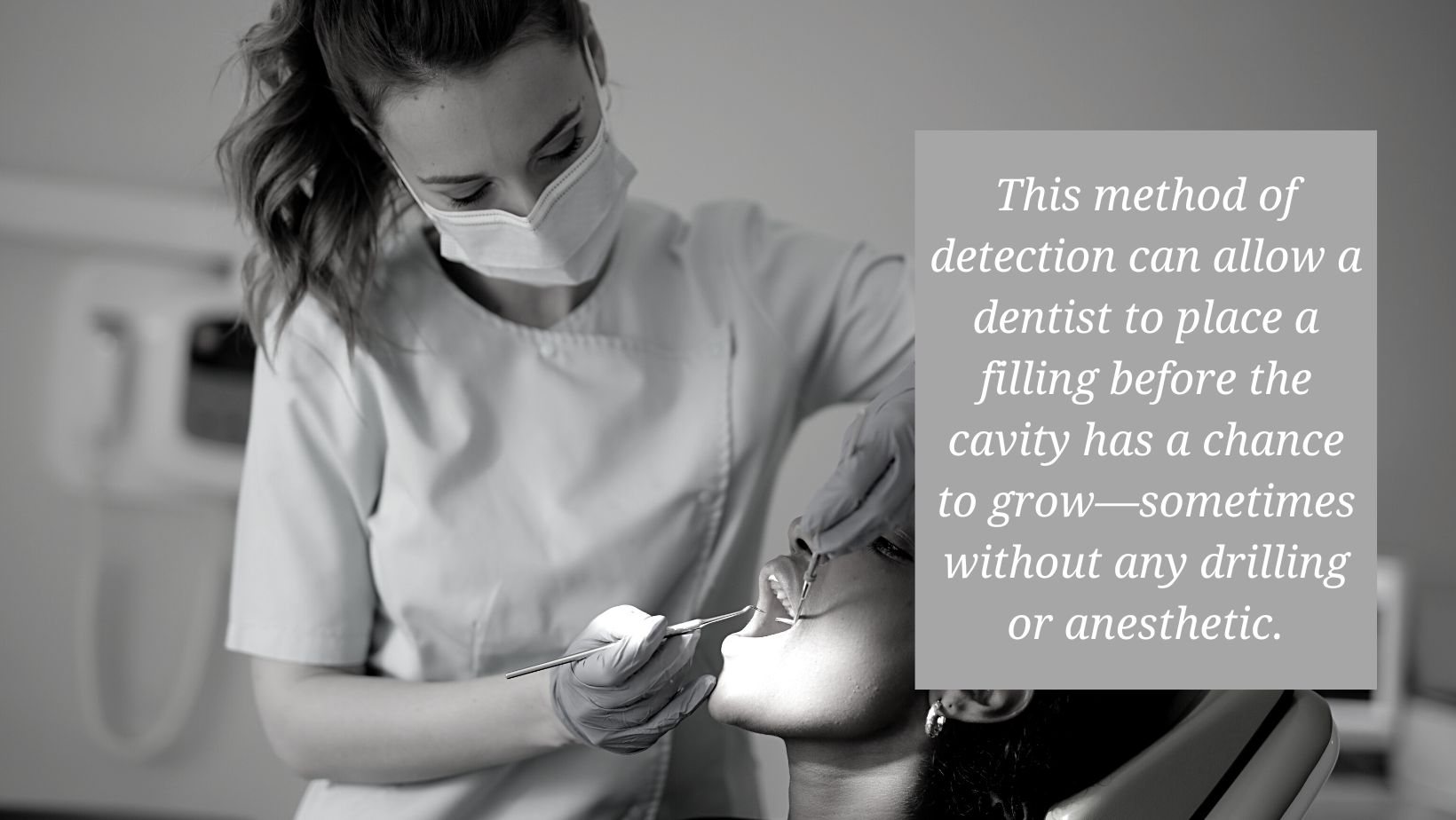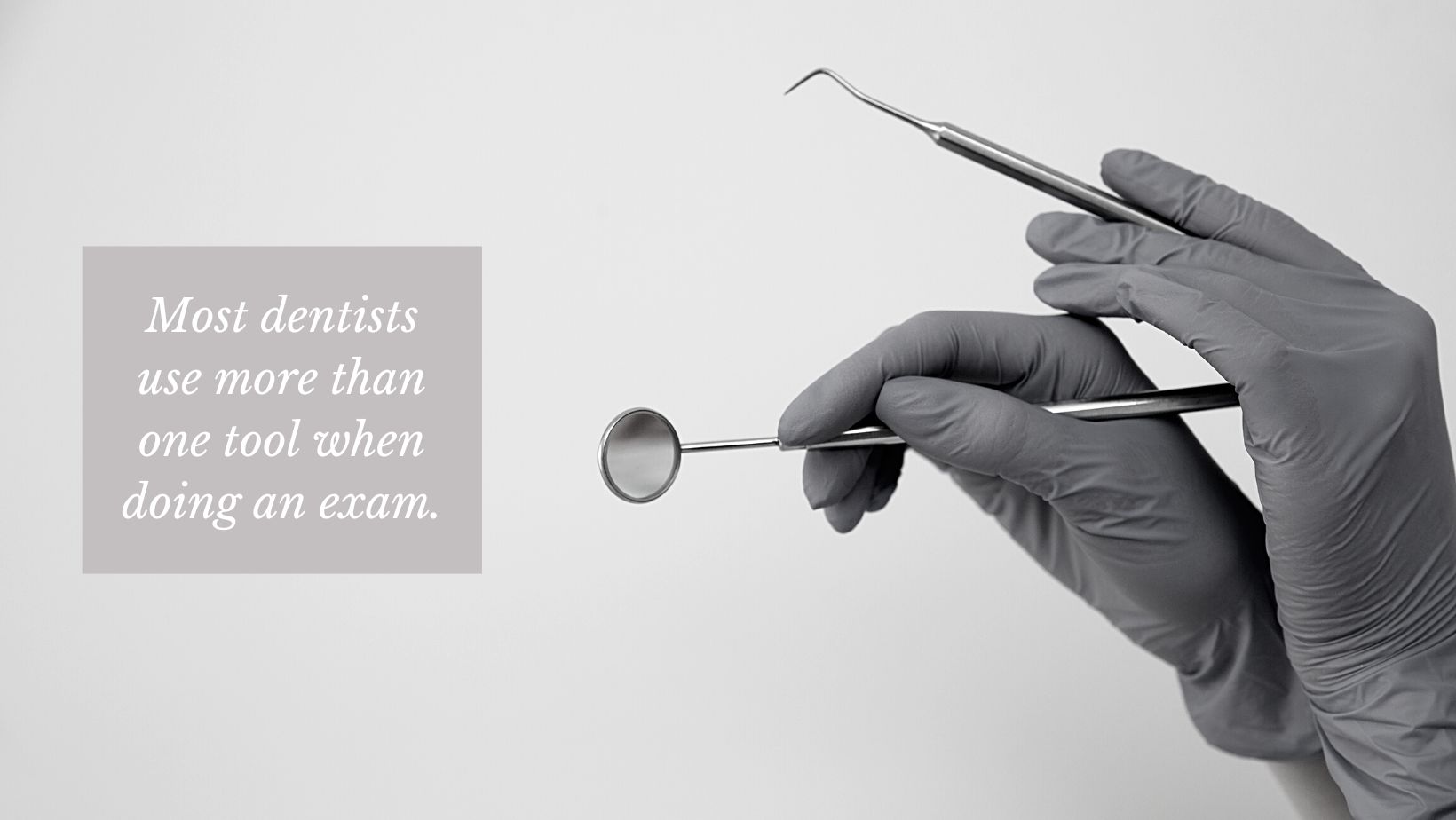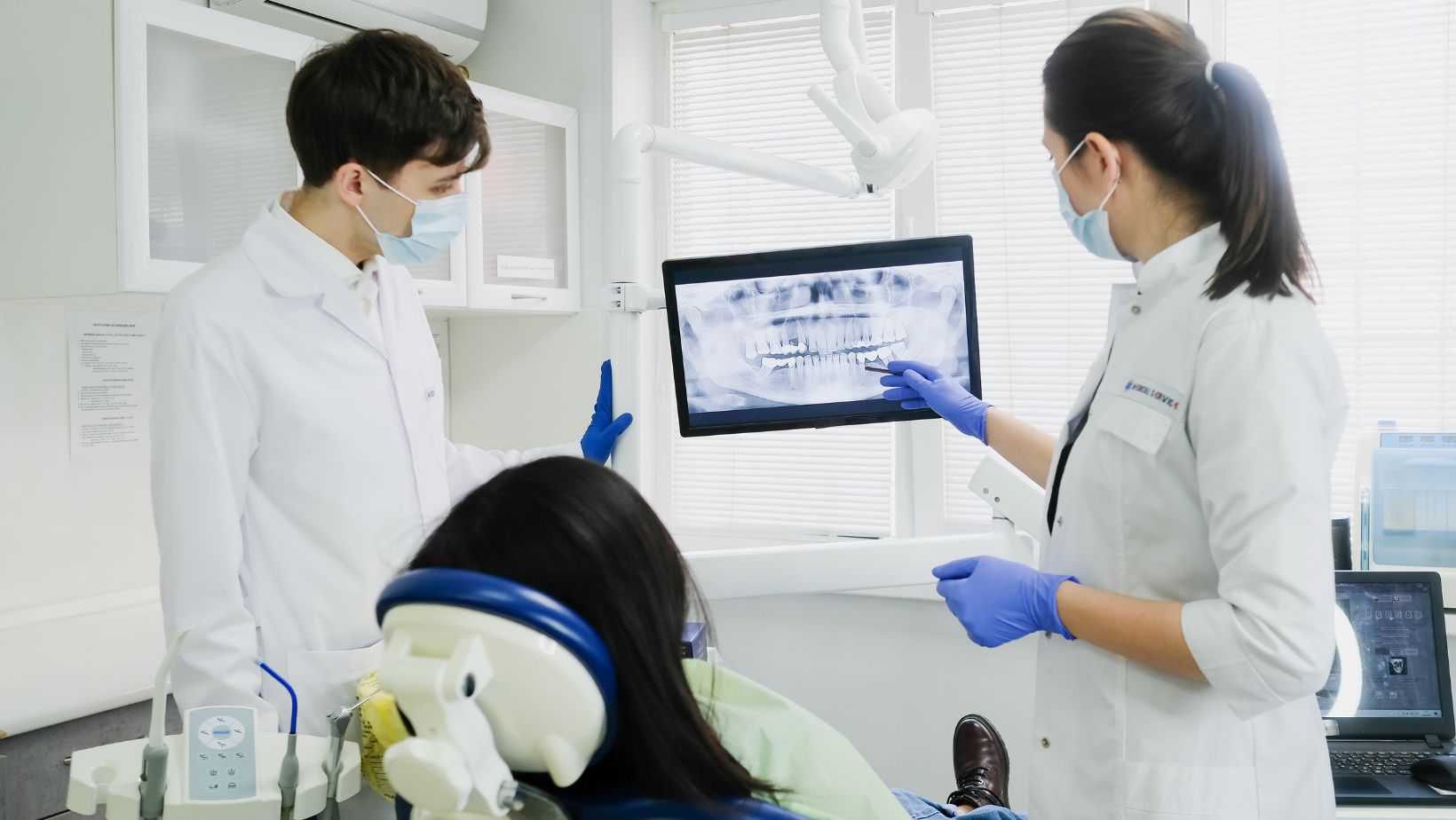For more than 100 years dental radiographs, more commonly called x-rays, have been the primary method for detecting cavities. But dentistry is evolving, with new technology appearing all the time. Now some dentists are adding diode lasers to the tools they use to diagnose tooth decay.
Diode lasers have been common for cosmetic dental procedures for a while. They have proven useful for restorative procedures like treating gingivitis, laser gum-reshaping, and even teeth whitening. In the past decade, they have also grown in popularity for diagnosing certain dental problems.
Diode lasers themselves have many uses outside dentistry. Versions of the same or similar technology exist for telecommunications and industrial purposes, as well as surgical and medical procedures. Those diode lasers should not be confused with the ones a dentist might use to find tooth decay.
What Are Diode Lasers and How Do They Work?
A diode laser is a small handheld device that looks like a pen. It emits a beam of laser light as the dentist or hygienist passes it over the patient’s teeth.
When used for detecting cavities, diode lasers measure tooth density with a technique called transillumination. As the dentist points the light at teeth, some of the light goes through them— and some light reflects back to a sensor on the instrument. Under the beam of light, healthy teeth appear translucent, absorbing all of the light. Lesions and spots of decay, on the other hand, look cloudy or opaque and do not let the light pass through. The amount of reflection from decay registers as a numerical reading on the diode laser machine. The higher the number, the more severe the decay.
This method of cavity detection can sometimes spot tiny areas of decay much earlier than an x-ray. This can allow a dentist to place a filling before the cavity has a chance to grow—sometimes without any drilling or anesthetic.

Diode Lasers vs. Dental X-Rays
On a dental x-ray, decay shows up as a different color than the rest of the tooth. But it is up to the dentist to view and interpret what they see. A diode laser gives the dentist a numerical reading that they can compare to a baseline. This is also subject to interpretation, but it can indicate a cavity at its very beginning before it is visible to the naked eye.
Does this mean that diode lasers are better than x-rays at finding cavities? Not necessarily. Here are some differences to keep in mind:
Instrument Sensitivity
Diode lasers are sensitive to the smallest bit of abnormality in a tooth. In some cases, they may be too sensitive. Not every “spot” or divot on tooth enamel is destined to become a full-blown cavity.
While it is never good to ignore tooth decay, dentists will often take a “wait and see” approach when they detect a small spot with a diode laser or on an x-ray. They make notes in the patient’s file to look for changes at the next checkup. Putting a filling in every potential spot that could turn into a cavity is overkill—not to mention a strain on the patient’s budget. If a dentist uses a diode laser and suggests a filling, it is okay for the patient to ask if it is absolutely necessary or if it is safe to wait.
Location of Decay
Diode lasers are very successful at detecting cavities on the chewing surface of teeth. When it comes to decay between teeth or deep inside a tooth, however, traditional bite-wing x-rays are typically better. So, depending on the location of the decay, it could be hidden from a particular method of detection.
For this reason, most dentists use more than one tool when doing an exam. They may begin with a diode laser and follow up with an x-ray of a problem area, or vice versa. And all dentists include a visual examination of the teeth for discoloration, as well as using an explorer tool. A dental explorer tool is a pointed instrument that the dentist uses to press and probe parts of the tooth, feeling for soft or spongy areas that indicate decay.

Prior Restorations
A tooth with a filling can develop decay on another surface, and cavities can form under crowns. One big drawback for diode lasers is that they can not “read” a tooth that already has a filling or other dental restoration. This means that some cavities could go unnoticed until the patient develops pain or swelling if the dentist uses only a diode laser for diagnosis.
Safety Concerns
Patients often wonder about the safety of any new dental technology. Diode lasers have the approval of the FDA and the ADA. They are non-invasive, painless, and safe.
Some dental practices advertise the use of diode lasers as “holistic dentistry” or as a safer alternative to x-rays. Although x-rays use radiation, study after study has found them to be completely safe too. This is true for all patients, including young children and pregnant women.
For patients who do have concerns about getting x-rays, diode lasers are something to consider. It is important to remember, though, that they do have their limits, as discussed above.
Will Diode Lasers Replace X-Rays for Detecting Cavities?
It is possible that the diagnostic capabilities of laser technology will improve as new advances are made. As things stand now, diode lasers are best used along with other methods of cavity detection. They provide the dentist with additional information, but by themselves might not give a clear picture of dental health. X-rays still play an important role.
For example, a dentist might use a diode laser to look for early signs of decay and a thorough view of the biting surface, along with traditional x-rays to investigate what is happening between teeth and at their root, as well as around and beneath restorations. Combining both x-ray and laser technologies with a complete visual exam and probing with an exploration tool will cover all of the bases for a patient.
Not all dentists use diode lasers, as the technology is still somewhat new. Patients of those who do use the technique can be confident that it is safe and useful, especially when combined with other ways of detecting cavities.
Seeing a dentist twice a year is the best way to find and fix cavities quickly. If you need to find a dental professional in your area, our online tool can help you make the first appointment.


